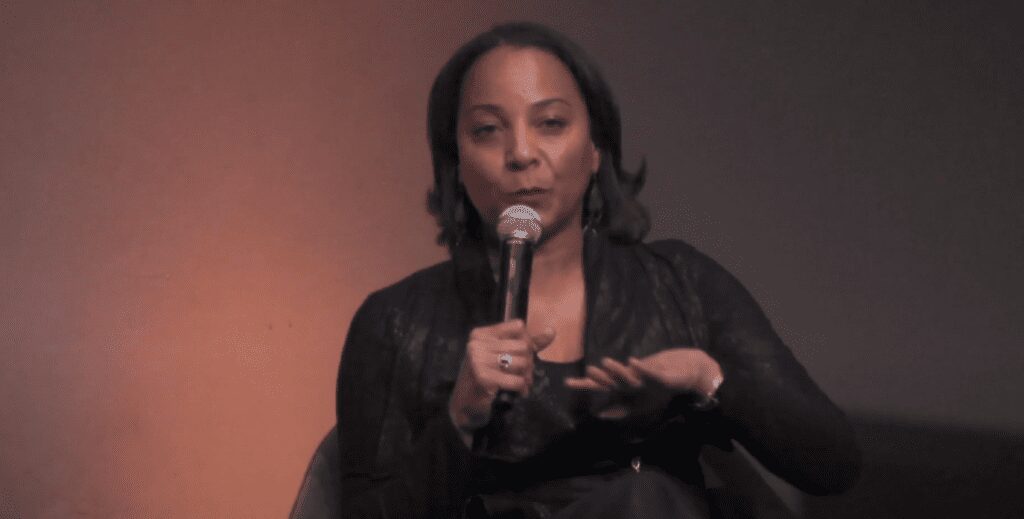Waymo now charge for robotaxi rides in LA and on San Francisco freeways. Waymo was approved by the California Public Utilities Commission on Friday afternoon to operate a robotaxi commercial service in Los Angeles and the San Francisco Peninsula, as well as on the San Francisco freeways.

The approval eliminates the final barrier that prevented Alphabet from charging for rides within these expanded areas. It opens up new territory in one of America’s biggest cities, and it unlocks a path to San Francisco International Airport located south of the City.
Since receiving approval in August, Waymo operates a commercial service seven days a weeks and 24 hours aday throughout San Francisco. Waymo can also offer free driverless rides to people in certain parts of Los Angeles. It was unable to charge riders in Los Angeles until today.
The CPUC’s Consumer Protection and Enforcement Division temporarily suspended Waymo’s application for its robotaxi service to expand in Los Angeles and San Mateo Counties for up to 120 additional days last month to allow for a thorough review. The CPUC received 81 responses, and five protests. The CPUC stated that it “needed a little more time than the 30 day period to carefully review and integrate into the staff decision.”
Waymo was on its last neighborhood stop while it awaited approval.
The CPUC’s decision comes just a few days after Waymo’s co-CEO Tekedra mawakana spoke on stage about the future of Waymo and the broader industry for autonomous vehicles at Strictly VC LA. She stated that Waymo’s robotaxis service had been “welcomed” by the city, with over 15,000 people using it. Mawakana stated that the trip data indicated that customers used the service to run errands on a daily basis. She said this was evidence that the service would be successful in Los Angeles.
Mawakana stated that it was exciting to see how 2,000 of these trips were people running very, very simple errands. “Run an errand with a Waymo, is to use it for the rest of your life,” Mawakana explained. “People are also using it for restaurants and bars in the same amount, 2,000 trips. Then 300 trips were made by people who went to school, college and K-12. We like the fact that they’re not just welcoming us, but are integrating them into their daily lives.
She stated that 50,000 people had joined the waiting list to use the Los Angeles service.

